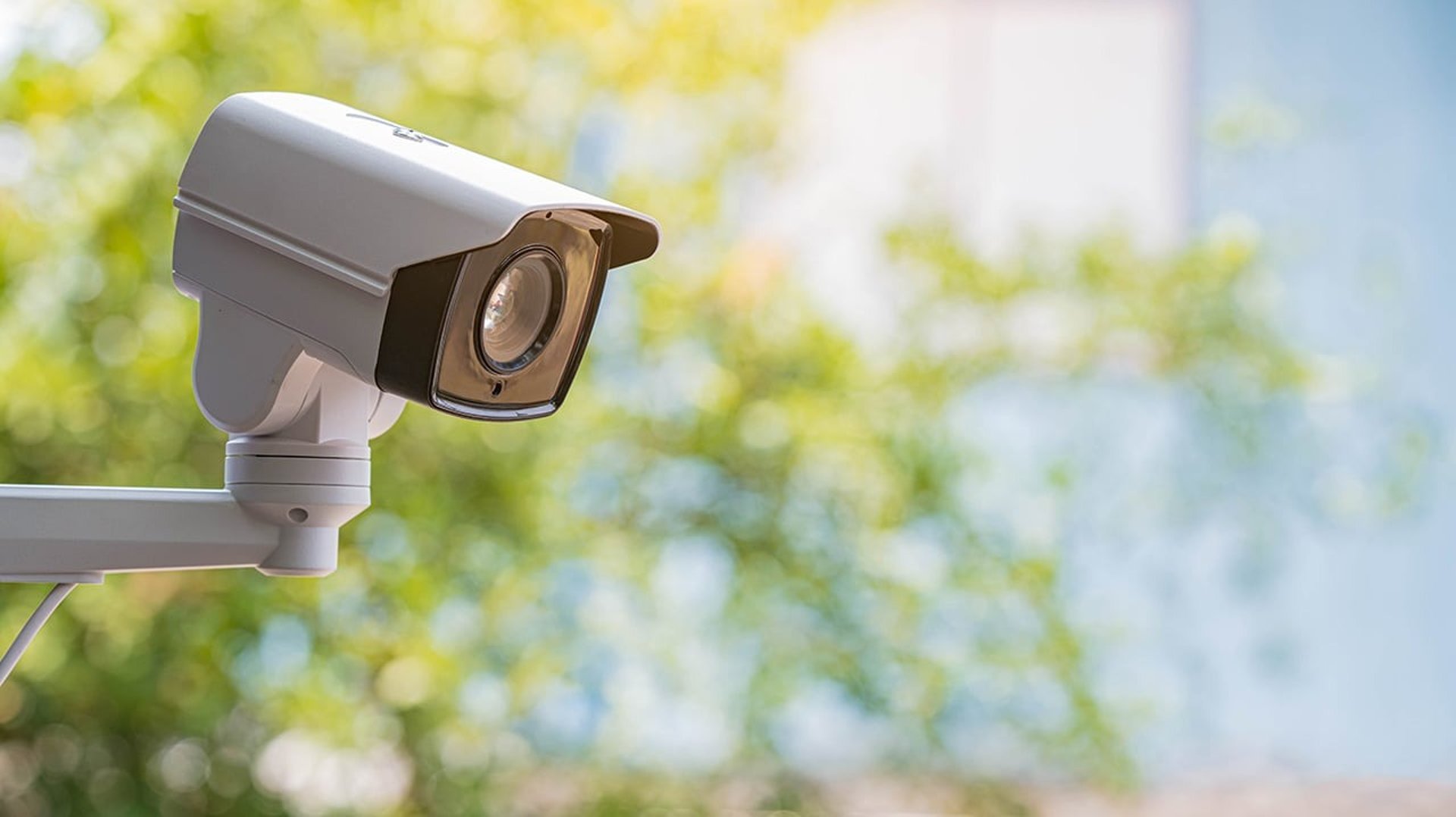
SALE OF SECURITY AND VIDEO SURVEILLANCE CAMERAS
Security cameras, also known as CCTV cameras (Closed-Circuit Television), are electronic devices used for monitoring and recording video footage in designated areas. They are commonly deployed in residential, commercial, and public settings to deter crime, provide evidence, and enhance overall security.
Importance of Security Cameras in Surveillance
Security cameras offer several key benefits in surveillance:
- Crime Prevention:
Visible security cameras act as a deterrent, reducing the likelihood of criminal activities and intrusions.
- Evidence Collection:
In the event of an incident, security camera footage provides crucial evidence for investigations and legal proceedings.
- Remote Monitoring:
Security cameras enable real-time remote monitoring of properties, allowing users to stay connected and informed.
- Safety and Protection:
Security cameras enhance the safety of occupants and assets, providing peace of mind to property owners.
Types of Security Cameras
There are various types of security cameras, each designed for specific purposes and environments:
Dome Cameras
Dome cameras are named for their dome-shaped housing, which makes them inconspicuous and difficult to determine the direction they are pointing. They are commonly used in indoor settings and offer a wide field of view.
Bullet Cameras
Bullet cameras are cylindrical and typically designed for outdoor use. They are easy to install and adjust, making them suitable for monitoring specific areas like entrances and perimeters.
PTZ Cameras
PTZ (Pan-Tilt-Zoom) cameras are equipped with motorized lenses that can pan, tilt, and zoom to provide flexible coverage of a wide area. They are ideal for monitoring large spaces and following moving objects.
Box Cameras
Box cameras are traditional, customizable cameras often used in industrial and commercial settings. They require additional housing for outdoor use but offer superior image quality.
Turret Cameras
Turret cameras, also known as eyeball cameras, have a compact design with a flexible mounting system. They provide similar features to dome cameras but with improved infrared illumination.
360-Degree Cameras
360-degree cameras, also known as fisheye cameras, offer panoramic views of entire areas with no blind spots. They are suitable for large open spaces and retail environments.
Thermal Cameras
Thermal cameras use heat signatures to detect objects, making them effective for monitoring in complete darkness or adverse weather conditions.
IP Cameras
IP (Internet Protocol) cameras transmit data over the internet or local network, allowing remote access and easy integration with other security systems.
Wireless Cameras
Wireless cameras eliminate the need for physical cables, providing flexibility in installation and placement.
Choosing the Right Security Camera for Your Needs
Selecting the right security camera depends on several factors:
Indoor or Outdoor Use
Choose cameras designed for the specific environment they will be installed in, considering factors like weather resistance and housing.
Resolution and Image Quality
Higher resolution cameras provide clearer and more detailed images, important for identifying subjects and objects.
Night Vision Capability
Cameras with infrared (IR) LEDs offer enhanced night vision for low-light and dark conditions.
Field of View
Consider the field of view required to cover the desired area effectively.
Connectivity and Storage Options
Choose cameras with suitable connectivity options (e.g., wired or wireless) and storage options (e.g., local storage or cloud-based).
Security Camera Applications
Security cameras find applications in various settings:
Home Security
Home security cameras provide homeowners with peace of mind and the ability to monitor their properties remotely.
Business and Retail Security
Businesses and retail establishments use security cameras to prevent theft, monitor customer traffic, and ensure employee safety.
Industrial and Warehouse Security
Security cameras help monitor large industrial spaces and warehouses for safety and security purposes.
Public Spaces and Institutions
Public spaces, educational institutions, and government buildings use security cameras for public safety and crime prevention.
Installation and Maintenance of Security Cameras
Proper installation and maintenance are essential for effective security camera operation:
Optimal Camera Placement
Install cameras at strategic locations to cover critical areas and blind spots.
Regular Maintenance and Cleaning
Perform regular maintenance and cleaning to ensure clear image quality and reliable performance.
Security Camera Monitoring and Recording
Set up a monitoring and recording system to capture and store video footage for future reference.
Security Camera Trends
As technology continues to evolve, security cameras are adopting the following trends:
Artificial Intelligence and Video Analytics
AI-powered cameras can detect and analyze objects, people, and events, providing more intelligent and automated security solutions.
Cloud-Based Security Solutions
Cloud storage and remote access offer convenient and scalable storage options for security camera footage.
Mobile Integration and Remote Access
Mobile apps and remote access allow users to monitor and control their security cameras from anywhere, anytime.
